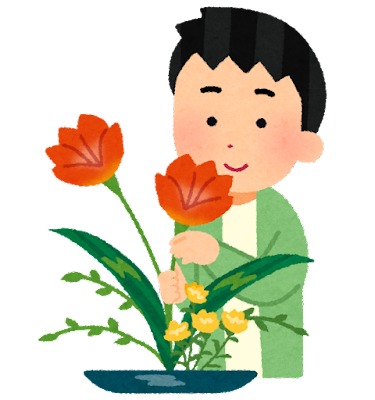This time, I will introduce the characteristics of traditional Japanese ikebana. A must-read for those who want to know more about Japanese culture. You can also learn about the history of ikebana and its importance in Japanese society. Let’s go on a journey to read and understand Japanese culture!
1) History of Ikebana
Ikebana is a word that literally means “to arrange flowers”. It is a traditional Japanese art style with a history dating back to the 6th century. Ikebana flourished during the Edo period (1603-1868). During this period, ikebana was used as a means of honoring the gods and expressing respect for nature.
2) Characteristics of traditional ikebana
It is characterized by using natural materials, left-right asymmetry, and simplicity. Ikebana is often made using several flowers, branches and leaves. Also, the materials are arranged so that they appear to grow naturally. This creates harmony between the ikebana and the surrounding environment.
3) Significance of Ikebana in Japanese society
Ikebana plays an important role in Japanese society. It is often used in religious ceremonies and rituals. It is also popular as a gift for special occasions such as ceremonial occasions. The act of creating ikebana is considered a meditative act. It’s a way to connect with nature and find peace of mind.
4) Types of Traditional Ikebana
There are many different types of traditional ikebana. The three most popular types are rikka, nagere, and moribana. Rikka is the most traditional style of ikebana. It is characterized by arranging seven flowers in a fixed manner. Nagere is a more modern form of ikebana. It is characterized by being able to live more freely with less materials. Moribana is the most common form of ikebana. It is characterized by using shallow plates and using plenty of ingredients.
Summary
Traditional Ikebana is a beautiful art steeped in history and culture. It is an important part of Japanese society and plays an important role in religious ceremonies and rituals. If you want to learn more about ikebana, please take a class or visit a local ikebana exhibition.


